300 cu in in a firebrick forge to 2300 deg from a 20 lb cylinder seems to be asking quite a lot of the design. How much wriggle room is there on these numbers?
Where are you? This is likely to make a difference in terms of the available gas take-off rate and burner rating available without freezing the cylinder.
Why do you want 2300 deg? For forging, it is understandable, but for Annealing and HT, I struggle to see the point.
2300 deg is sufficient to take on pretty much all the stainless blade steels, but the ramp/soak temperature control is not. The very slow cooling rates needed for a full anneal on complex steels (20 deg/hr from 1560 down to 1200 deg is Uddenholm's recommendation for their D2;
http://www.bucorp.com/files/aisi_d2.pdf ) are much better served by a purpose-designed electric HT oven/kiln/furnace.
I would expect 2000 deg to be adequate for HT and annealing.
I don't think there is necessarily a problem with reaching 2300, but it will need more heat input (and therefore possibly more gas) than 2000. With the limited gas take-off implied by the 20 lb cylinder, it may not be practicable to maintain a high take-off over anneal and HT timescales. If you've just chosen 2300 because you might want to use it for forging once in a while, that should be fine.
Firebrick is a rather broad term. There are hard fire bricks and Insulating Fire Bricks. Hard bricks are lousy insulators.
With a low heat input, you need good insulation. IFBs come in many grades. Morgan Thermal Ceramics K23 or JM 23 seem to be the best insulators by some margin, and would be my choice if it has to be bricks. Personally, I prefer Ceramic Fiber blanket, not least because it's easier to transport and much more likely to arrive intact than IFBs.
I think the most important thing is going to be your burner. I am sure it can be done with a torch, but I am even surer you will be better served buying or building a burner that is specifically designed for the purpose.
Be very careful when selecting this. Controllability is the key to getting good H.T. results.
Bear in mind that you are definitely not looking for high temperatures for HT, particularly HT of Carbon steels. Do not be swayed by claims of welding temperature at 3 PSI.
I use a 1/2" burner built around a commercial Venturi mixer and can get the full range of temperatures from Austenitizing to welding. It is a British-made gas mixer and uses BSP threads. It has a screwed choke adjustment and can be adjusted to maintain temperature within a few degrees anywhere within this range.
http://amalcarb.co.uk/downloadfiles/amal/amal_gas_injectors.pdf
I don't know whether something similar is readily available in the USA.
I have only been messing with forges and burners for about the last five years, but have been dealing with gas burners for twenty-five years in my day job. Up until the last couple of weeks, I had been under the impression that the relationship between Air:Fuel ratio and flame temperature was generally understood by smiths. I have been looking for a good written explanation on the internet (or at the least a better explanation than I can give) and cannot find anything. The best thing I can find is Corinkayaker's Youtube Vid at
http://www.youtube.com/watch?v=v4AuZTyEo2o
Hopefully, it explains the relationship between the air supply, temperature and forge atmosphere well enough to convince you of the benefits of a burner with a choke (air adjustment).

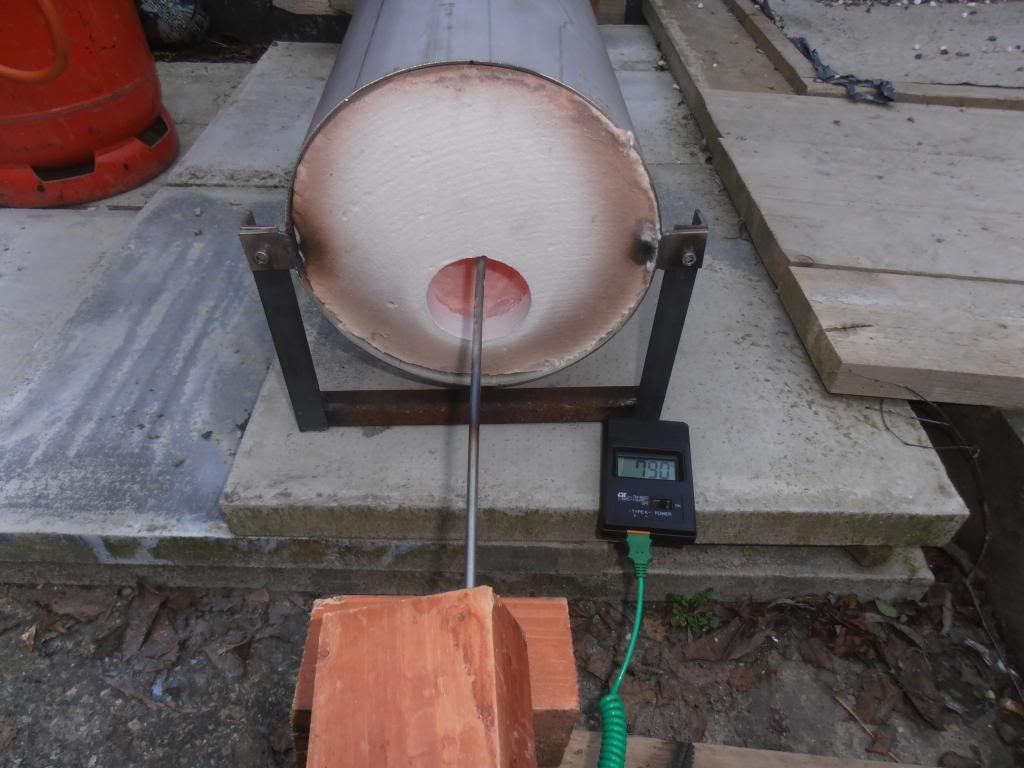
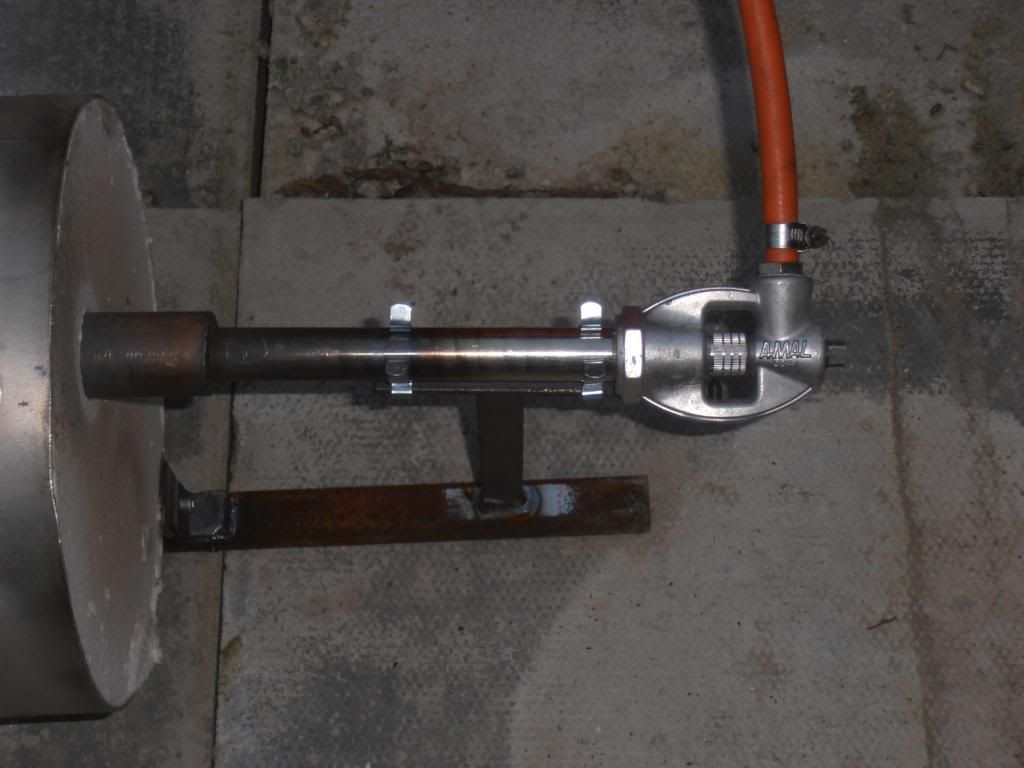
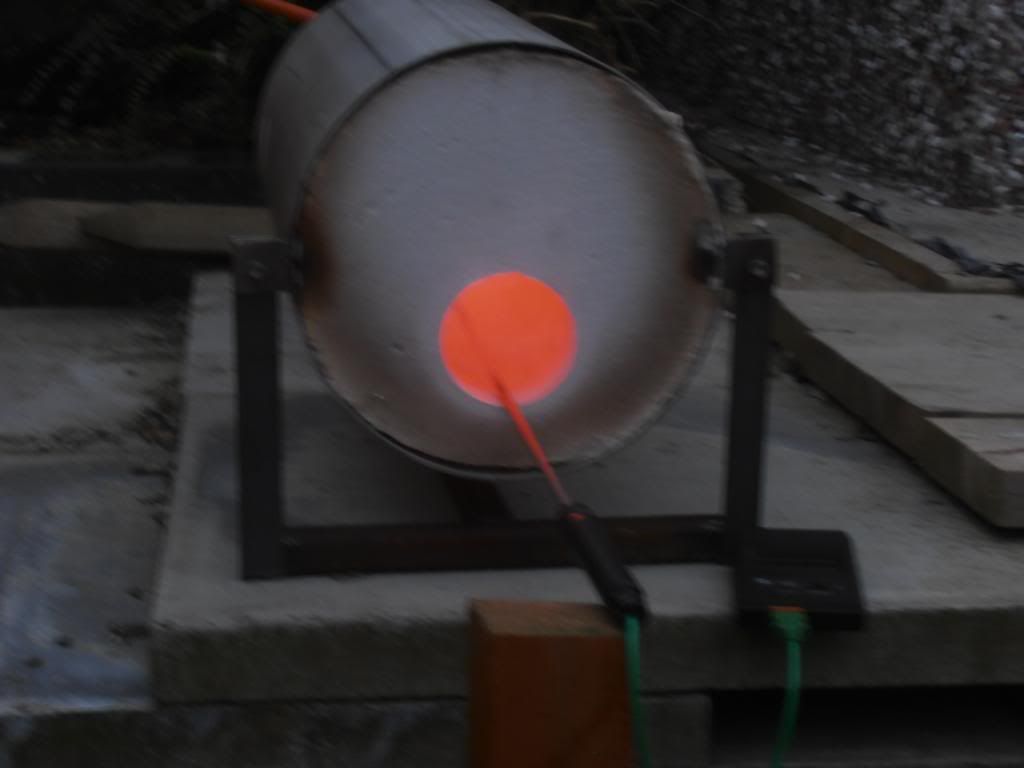
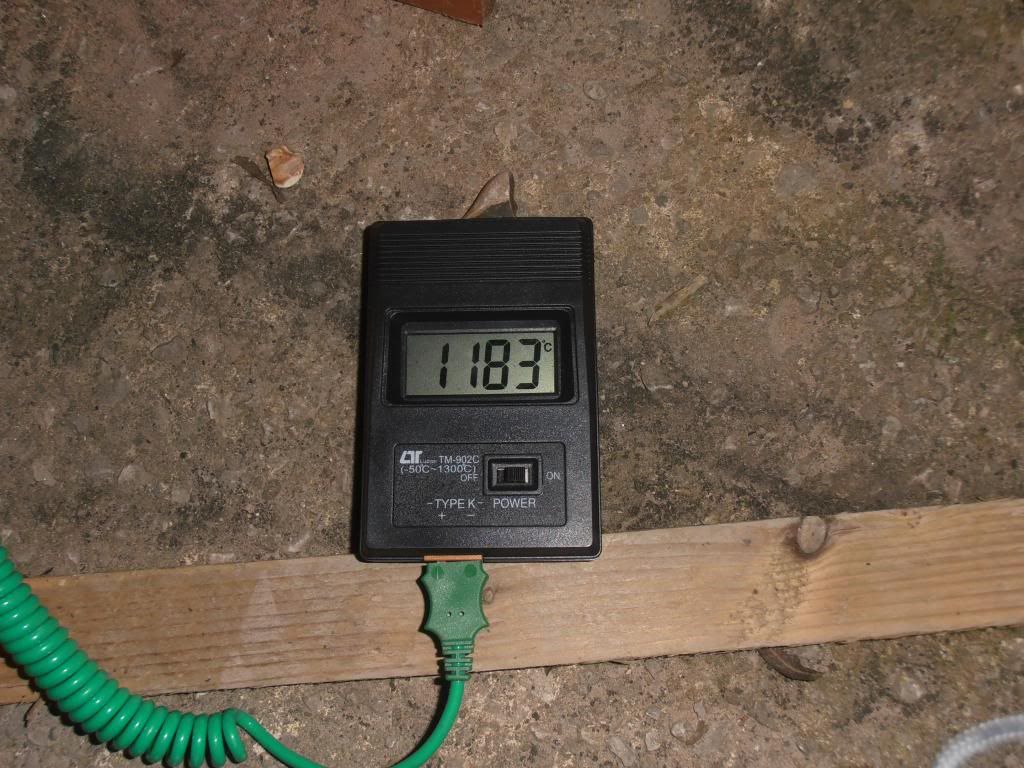
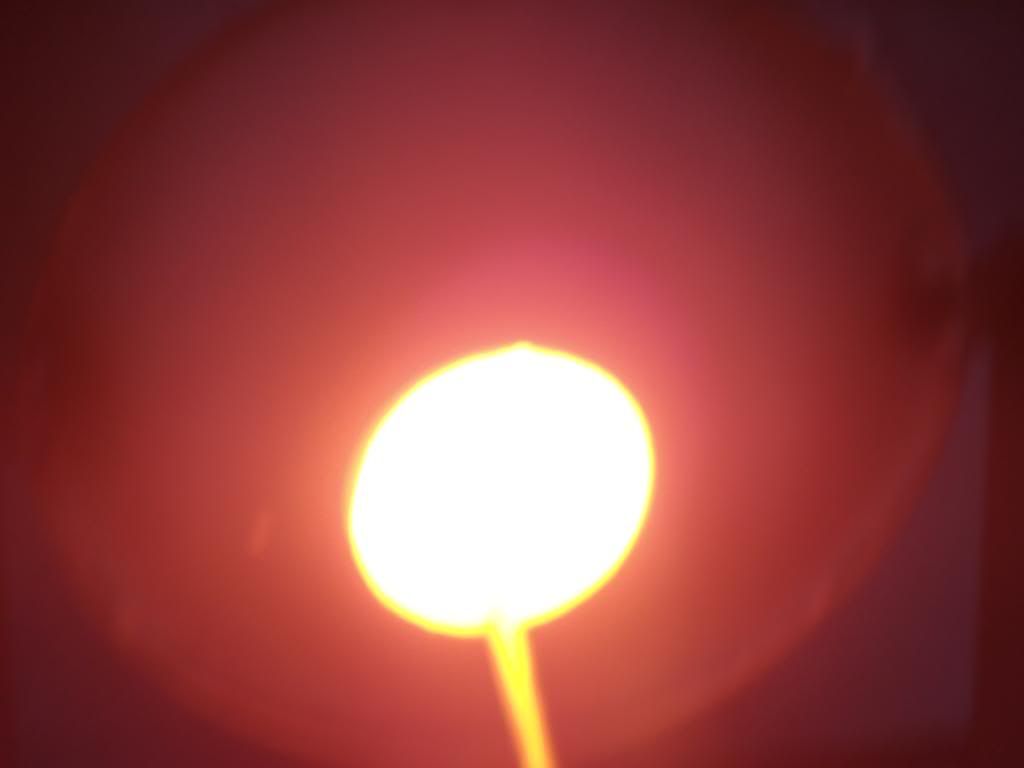
![1618452_231407423710878_959465684_n[1].jpg 1618452_231407423710878_959465684_n[1].jpg](https://knifedogs.com/data/attachments/31/31348-f866b15524ef92f4416edd66aa54f686.jpg)